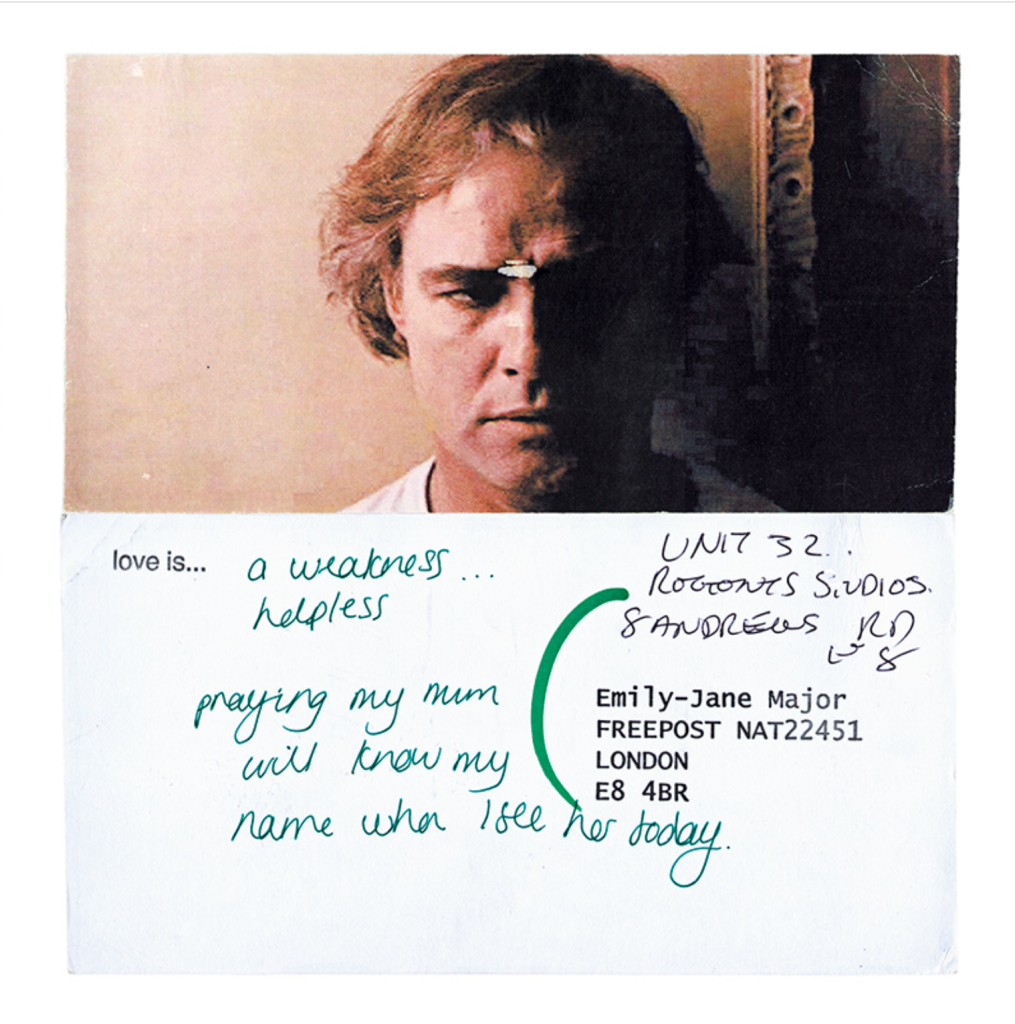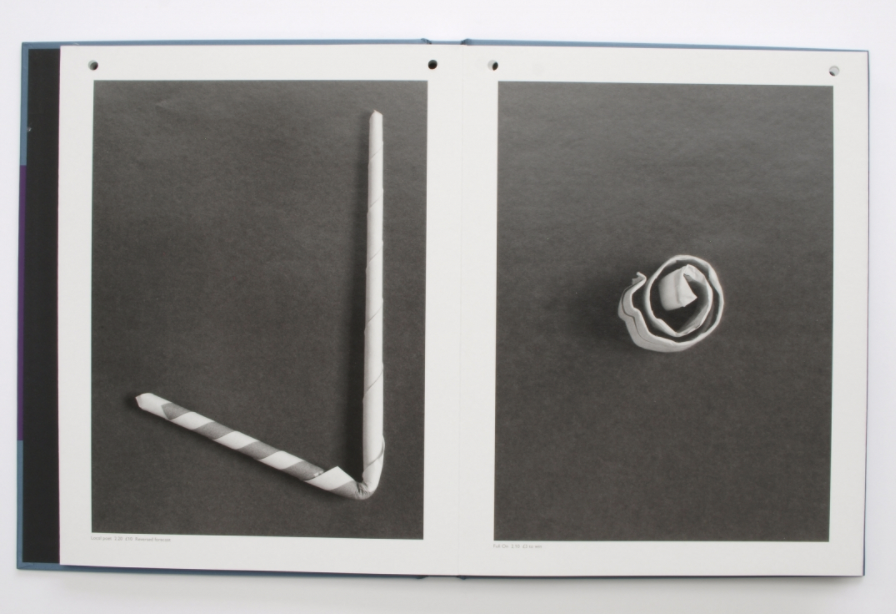Various modes of observation are incorporated into the photographic process, intending to attract the viewer and make a statement. Whether the content is literal or conceptual, the photographer will have created their work for a purpose. The rationale behind a piece of work will be determined by the intent, whether this is to inform, entertain, offer insight, demonstrate participation or reflect a process. Either way, the viewer often assumes that what they are looking at is a true reflection of the story that they are being presented with. As photography has progressed from a medium designed to capture and examine content, the platform has broadened and become a method used to express more conceptual ideas. As the notion of documenting events, time and places has evolved, some photographers have begun to question the nature of story telling and how truthful it actually is.
Roland Barthes (Roland Barthes, Camera Lucida, London, 1984, p. 13) explores the four image repertoires, in relation to portraiture:
“The portrait photograph is a closed field of forces. Four image-repertoires intersect here, oppose and distort each other. In front of the lens, I am at the same time: the one I think I am, the one I want others to think I am, the one the photographer thinks I am, and the one he makes use of to exhibit his art.”
This idea can also be applied outside of portraiture, as it is really talking about perception and how this varies depending on the different components within an image construct. Once the photographer is aware of these components, it becomes easier to manufacture each one to create a distinct and deliberate narrative.
Re-imagined
Andrea Botto is a photographer, specialising in creating narratives that explore traces, the passing of time and photographic thresholds. His work investigates perception and how there can be many truths exposed within an image or series. His project 19.06_26.08.1945 does exactly this, as the images accompany text in order to tell, what appears to be a factual story created in memory of the return journey from the nazi prisoner-of-war camps, made by his grandfather. The images however, are actually found images from the internet that have been presented in order to tell a believable story. The ownable elements appear in the text and in turn the photographs become the captions that validate the story being told.
https://www.andreabotto.it/en/statement/



As Botto expresses in his own statement:
“I don’t believe that the image holds the One and Only Truth, and I am in fact very interested in those situations where reality and appearence are intertwined. For me a picture is, first of all, a stage of reality, a metaphor, a representation of the world that gets power from its natural ambiguity.”
Never-ending Stories
Some stories are constantly evolving and can be inspired by others that already exist. To engage with the observer and add longevity to a project, audience participation is often used as a method to ensure that a topic is remembered, interpreted and shared. EJ Major is an artist that explores how imagery, text and formats can be used to explore a theme that the viewer can interact with. In the project Love is… stills from Last Tango in Paris were printed onto postcards that were sent to locations in the UK, inviting the audience to write back. The purpose of this was to enquire into the subject of love by creating a dialogue between the original film, the artists and viewers. As a result, that artist is not only displaying their own views and opinions, they are recording and validating those of other people too.



Not Such A Load of Rubbish
Ideas, stories and voices can come from anywhere and it is often in the overlooked and disregarded, that the most interesting can be found. As one person’s rubbish can become another’s treasure, new insights and narratives can be created from just that. Stephen Gill’s project A Series of Disappointments, captures disregarded betting slips across London. By creating a cross sectional study of the findings, as greater insight is provided into a topic. The traces of the slips and their crumpled forms tell a story about a collective demographic, by creating an emotional and human connection that the viewer can relate to. As the paper would usually be disregarded as rubbish, the reimagined collection of multiple pieces combined, suddenly reveals more about locations, people and culture than the slips would do, if shown in isolation. As a result, the importance of looking closer and taking note of traces left behind, can present untold stories and make a wider impact on society.



By indirectly collaborating with subject matter, social aspects of everyday life can be explored and make a direct impact on communities, as issues become visible and in return, recognised. As Director of Create, Patrick Fox expresses in New Writing: Dialogues and Perspectives:
“Quite often with collaboration there is an interface/mechanism that links the artist to a community.”
